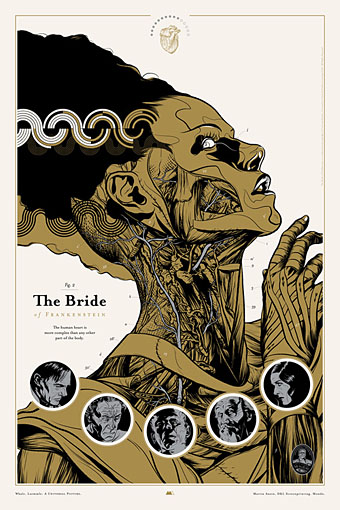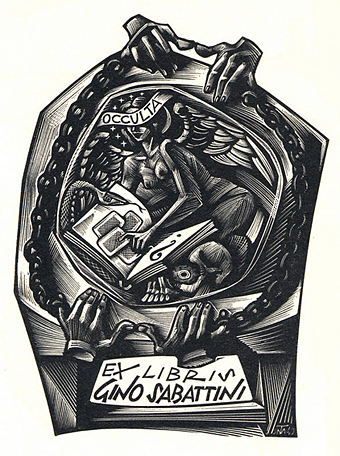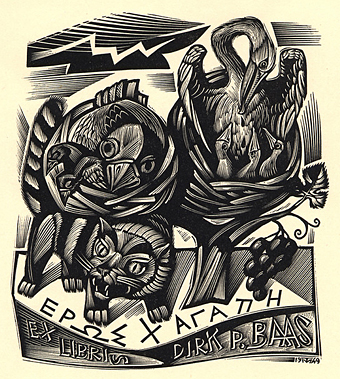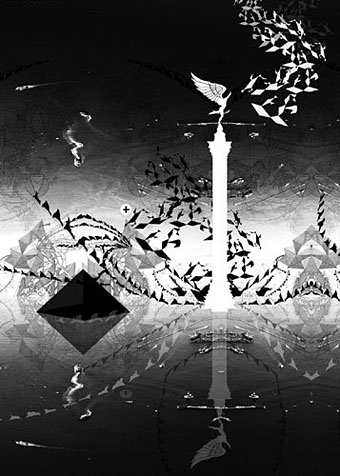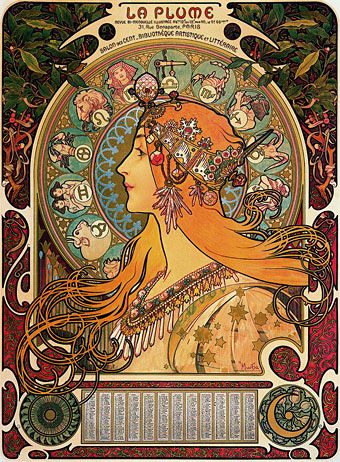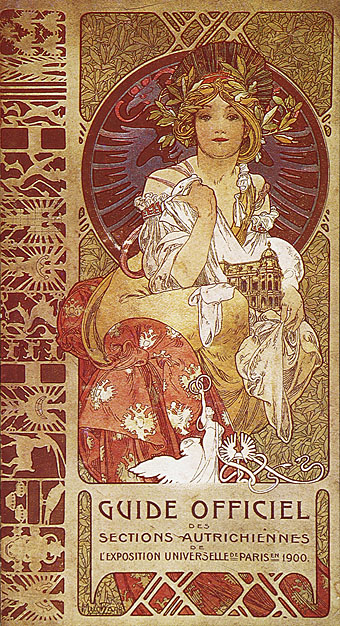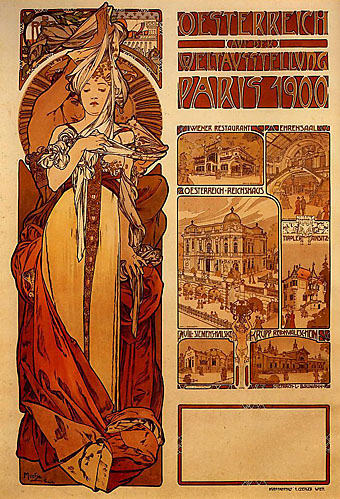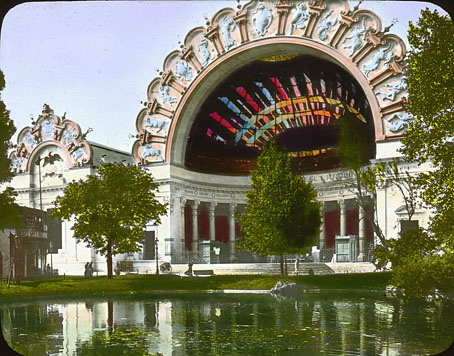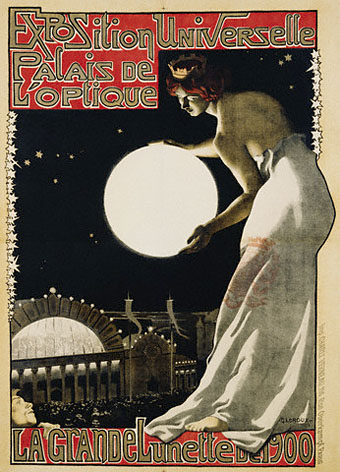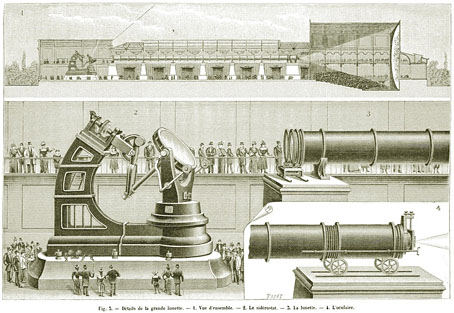Ah, sweet serendipity… What are the odds, dear reader, of two blogospheric friends posting equally splendid pictures of everyone’s favourite hand-stitched and reanimated woman within days of each other? (It helps that Evan P and Monsieur Thombeau share a number of interests but let’s not spoil the moment.) The Gray’s-like dissection above is the work of illustrator Martin Ansin, while the painting below is by Michelle Mia Araujo, or Mia, as she prefers. Both artists have produced a quantity of other work which demands your attention. As for James Whale’s Bride of Frankenstein, it is, of course, one of the great cultural artefacts of the previous century; if you’ve never seen it there’s a Boris Karloff and Elsa Lanchester-shaped hole in your life which needs to be filled without delay.
Previously on { feuilleton }
• The Mask of Fu Manchu
• Berni Wrightson’s Frankenstein

